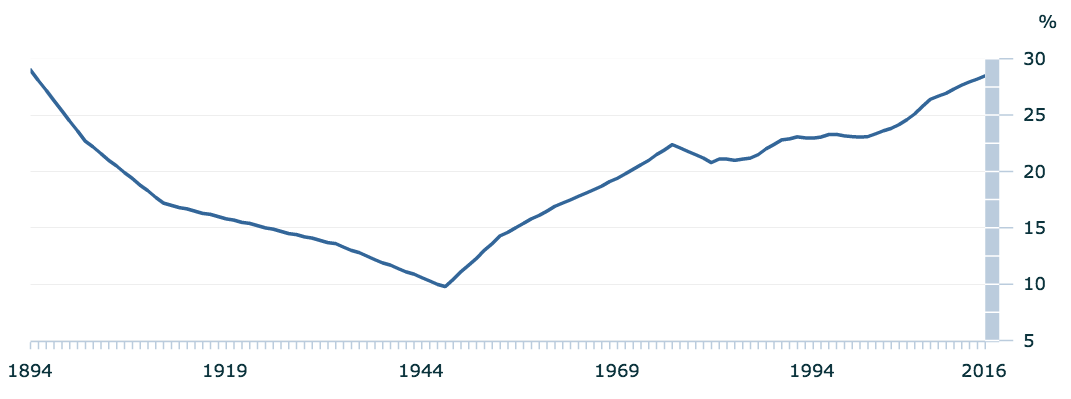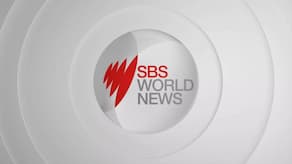More than one in four people living in Australia today are born overseas - the highest level since 1894.
The proportion reached 28.5 per cent in 2015-16, according to the latest migration data from the ABS released this month. The ABS classifies people who have lived in Australia for 12 months in a 16-month period as residents, an approach that captures the impact of migrants traditionally considered "temporary" but who may be here for many years.
The trend is being driven by growing numbers of foreign students, many of whom end up staying in Australia permanently.
The number of student visa holders in Australia in September 2016 was 471,000, up from 426,000 in September 2015.
Professor Glenn Withers from Crawford School of Public Policy at the Australian National University wrote an essay titled 'Ensuring immigration benefits all' in last year's report on migration from the Committee for Economic Development of Australia.
In it, he put forward how immigration policy can be enhanced to avoid population congestion, encourage greater immigration in smaller towns and regions, support those waiting for outcomes in Australia's immigration process and keep Australia’s economy strong.
"I think migration has served Australia pretty well over 20 or 30 years, especially (as) we reformed it in the 1980s to have a strong skill focus," he told SBS News.
He said policy around housing, infrastructure and the environment was important in ensuring the country could handle high immigration.
But he said there was also a role for government to counter a change in "atmosphere" around immigration. In recent months One Nation Senator Pauline Hanson has followed the lead of US President Donald Trump in calling for a ban of immigrants from Muslim-majority countries.
"To avoid some of the fears people can develop you need leadership in evidence, and morality - we (need to) emphasise the better angels (of our nature) that Australia has shown over its history,” he said.

Australia's population born overseas. Source: ABS
International students driving growth
Growth in international students is driving the increase of overseas-born residents.
Approximately one in five people who come from overseas to reside in Australia in 2015-16 were university students. The ratio is closer to one in four if other students are also included.
Prof Withers said students working in Australia end up creating jobs by earning - and spending - their income.
“They spend it all, and they get money from parents to spend as well, so they create jobs,” he said.
According to the first ever snapshot of the jobs worked by international students, released in March, as many as 40,000 are in the hospitality industry.
International students arrive in Australia on temporary visas, but approximately 20,000 each year transition onto permanent visas, according to figures in the Productivity Commission's report into the migrant intake released last year.
According to Professor James Raymer from the School of Demography at Australian National University, there are some advantages for Australia provided by this pathway.
“Rather than recruiting from abroad, we can recruit from foreign students already here,” he said.
"You can select the top students, you can identify the ones that have been more successful, who have already been here for a couple of years, have an Australian education."
While international student numbers are rising, the number of temporary work visa holders (457s) in Australia dropped to 172,000 in September 2016, an 8 per cent decline in one year.
Although the number of 457 visas issued was falling ahead of the government's announcement Tuesday to scrap the visa program, each year more than 40,000 people had been transitioning from the temporary work visa program to the permanent skill visa, and that number had doubled since 2008.
SBS Explains: Visas by the numbers



